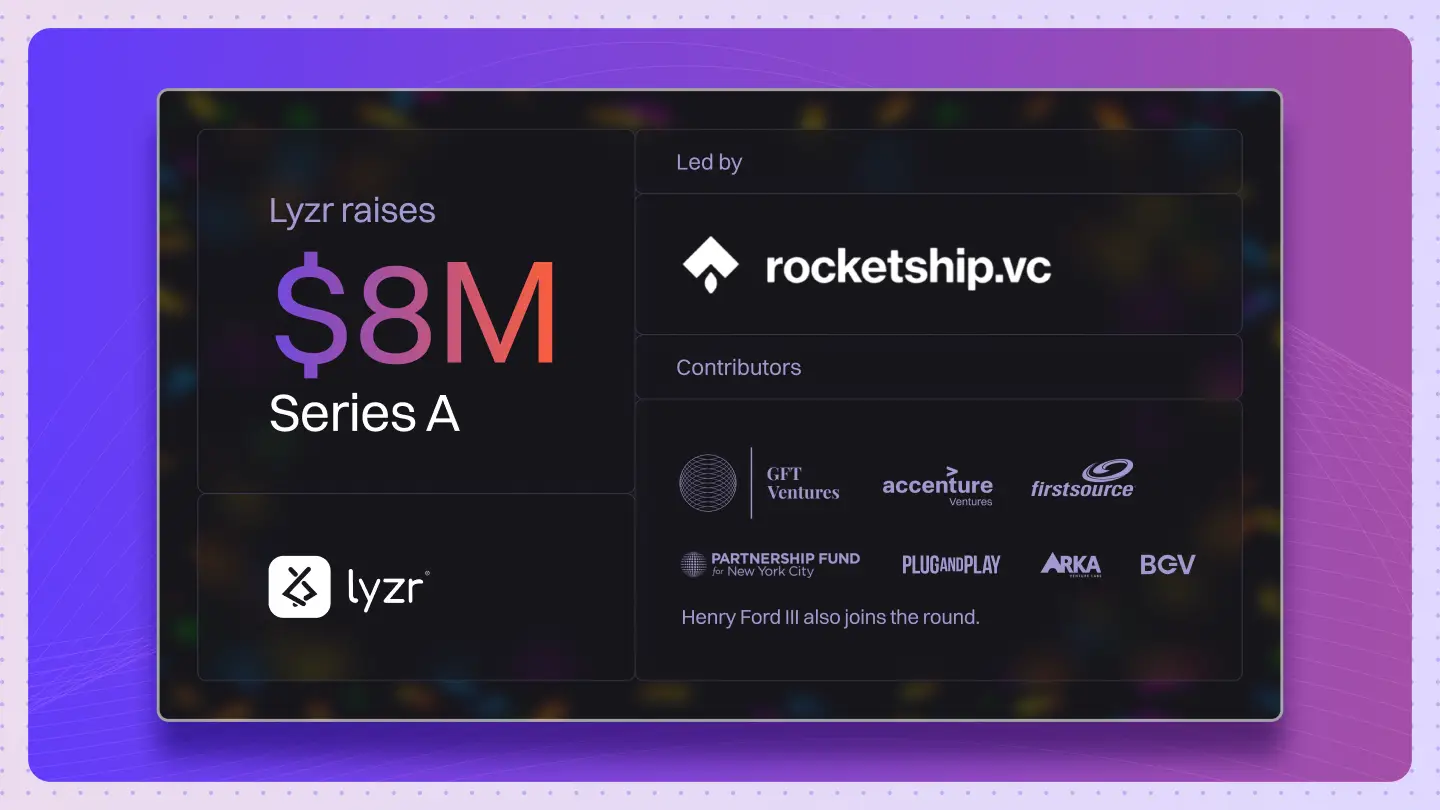What is Support Vector Machine?
A Support Vector Machine (SVM) is a supervised machine learning algorithm used for classification and regression tasks. It classifies data by finding the hyperplane that best separates different classes while maximizing the margin between them.
How does the Support Vector Machine operate or function?
Support Vector Machines (SVM) are supervised learning algorithms used for classification and regression tasks. They operate by finding the best hyperplane that separates data points of different classes while maximizing the margin between them. Here’s how they function:
- Data Representation: SVM represents each data point as a point in an N-dimensional space, where N is the number of features.
- Hyperplane Creation: A hyperplane is a decision boundary that separates different classes. SVM identifies the optimal hyperplane that maximizes the distance (margin) between the nearest data points of each class.
- Support Vectors: The data points closest to the hyperplane are called support vectors. They are critical in defining the position and orientation of the hyperplane.
- Kernel Trick: SVM can handle non-linearly separable data using kernel functions (like polynomial or radial basis function) to transform the data into a higher-dimensional space.
- Regularization: SVM uses a regularization parameter to balance the trade-off between maximizing the margin and minimizing classification errors.
Benefits of using SVM include high accuracy, effectiveness in high-dimensional spaces, and versatility across various applications like image recognition, text categorization, and bioinformatics. Key features of effective SVM models involve careful selection of kernel functions, tuning of hyperparameters, and efficient handling of large datasets.
Common uses and applications of Support Vector Machine?
Support Vector Machines (SVM) are powerful tools widely used in various domains for classification and regression tasks. Their ability to classify data by optimizing margins and hyperplanes makes them particularly effective in high-dimensional spaces. Here are some of the main applications of SVM in real-world scenarios:
- Image Classification: SVMs are utilized for recognizing and classifying images based on pixel intensity and patterns.
- Text Categorization: SVM algorithms are applied in natural language processing to categorize text documents into predefined classes.
- Bioinformatics: In genomics, SVMs help in classifying proteins and genes based on their sequences and structural features.
- Fraud Detection: SVMs are used in finance to detect fraudulent transactions by analyzing patterns in transaction data.
- Handwriting Recognition: SVM models are employed in optical character recognition (OCR) systems to accurately recognize handwritten text.
Through these applications, SVMs demonstrate their versatility and effectiveness across various industries.
What are the advantages of Support Vector Machine?
Support Vector Machines (SVM) are powerful tools in the field of machine learning, providing numerous benefits for data classification and regression tasks. Here are some key advantages:
- High Accuracy: SVMs are known for their high accuracy in classification problems, making them suitable for tasks like image recognition and bioinformatics.
- Effective in High Dimensional Spaces: They perform well even with many features, thanks to their ability to handle high-dimensional data effectively.
- Robustness to Overfitting: SVMs are less prone to overfitting, particularly in high-dimensional spaces, due to their use of the maximum margin principle.
- Flexibility with Kernels: The kernel trick allows SVMs to classify non-linear data by transforming it into higher dimensions, thus enhancing their versatility.
- Clear Margin of Separation: SVMs create clear boundaries between classes, which aids in better decision-making.
These features make Support Vector Machines a valuable choice for various applications in the industry and technology.
Are there any drawbacks or limitations associated with Support Vector Machine?
While Support Vector Machines (SVM) offer many benefits, they also have limitations such as:
1. Sensitivity to outliers: SVMs can be influenced significantly by outliers, which may lead to suboptimal results.
2. High computational cost: Training SVM models can be computationally intensive, especially with large datasets.
3. Difficulty with large datasets: SVMs may not perform well when the dataset has more features than samples.
These challenges can impact the model’s accuracy and increase the time required for training.
Can you provide real-life examples of Support Vector Machine in action?
For example, Support Vector Machines are used by the healthcare industry to classify medical images for disease detection. This demonstrates how SVM can effectively analyze complex data sets and improve diagnostic accuracy, leading to better patient outcomes.
How does Support Vector Machine compare to similar concepts or technologies?
Compared to decision trees, Support Vector Machines differ in their approach to classification. While decision trees focus on splitting the dataset based on feature values, SVM optimizes margins and hyperplanes to separate classes. This allows SVM to perform better in high-dimensional spaces and provides more robust classification for complex datasets.
What are the expected future trends for Support Vector Machine?
In the future, Support Vector Machines are expected to evolve by integrating with deep learning techniques and improving kernel methods. These changes could lead to more accurate models that can handle larger datasets and perform well in real-time applications.
What are the best practices for using Support Vector Machine effectively?
To use Support Vector Machines effectively, it is recommended to:
1. Preprocess the data: Normalize or standardize features to improve model performance.
2. Choose the right kernel: Select an appropriate kernel based on the data’s characteristics.
3. Tune hyperparameters: Optimize parameters like C and gamma for better accuracy.
Following these guidelines ensures improved classification results and model reliability.
Are there detailed case studies demonstrating the successful implementation of Support Vector Machine?
One notable case study involved a financial institution that used Support Vector Machines to detect fraudulent transactions. By implementing SVM, they achieved a 95% accuracy rate in identifying fraudulent activities, significantly reducing losses and improving security measures.
What related terms are important to understand along with Support Vector Machine?
Related Terms: Related terms include ‘Kernel Trick’ and ‘Hyperplane’, which are crucial for understanding Support Vector Machines because the kernel trick allows SVMs to operate in high-dimensional spaces, while hyperplanes are central to the classification process by separating different classes in the data.
What are the step-by-step instructions for implementing Support Vector Machine?
To implement Support Vector Machines, follow these steps:
1. Collect and preprocess the data: Ensure your dataset is clean and formatted correctly.
2. Split the dataset: Divide your data into training and testing sets.
3. Choose the kernel: Select the appropriate kernel function based on your data characteristics.
4. Train the model: Use the training set to train your SVM model.
5. Evaluate the model: Test the model with the testing set and assess its performance.
These steps ensure a systematic approach to building a reliable SVM model.
Frequently Asked Questions
Q: What is a Support Vector Machine (SVM)?
A: A Support Vector Machine is a supervised machine learning algorithm used for classification and regression tasks.
1: It works by finding the optimal hyperplane that best separates the different classes in the data,
2: It maximizes the margin between the closest points of the classes.
Q: How do SVMs classify data?
A: SVMs classify data by optimizing the margin and hyperplanes.
1: They identify the hyperplane that best divides the data points of different classes,
2: The points closest to the hyperplane are called support vectors, which are critical for building the model.
Q: What are the key benefits of using SVM algorithms?
A: SVM algorithms offer several advantages.
1: They are effective in high-dimensional spaces,
2: They work well even when the number of dimensions exceeds the number of samples.
Q: In what applications can SVMs be used?
A: SVMs can be applied in various fields.
1: They are commonly used in image classification,
2: They also find applications in text categorization and bioinformatics.
Q: What are the key features of effective SVM models?
A: Effective SVM models have several important features.
1: They should have a well-defined kernel function to handle non-linear data,
2: They must be able to tune parameters like C (regularization) and gamma (kernel coefficient) for optimal performance.
Q: How does SVM handle non-linear data?
A: SVM can handle non-linear data through the use of kernel functions.
1: These functions transform the input data into a higher-dimensional space,
2: This allows SVM to find a hyperplane that separates the classes more effectively.
Q: What is the importance of margin in SVM?
A: The margin is crucial in SVM as it determines the robustness of the classifier.
1: A larger margin implies a more reliable model,
2: It helps in reducing the chance of overfitting.




